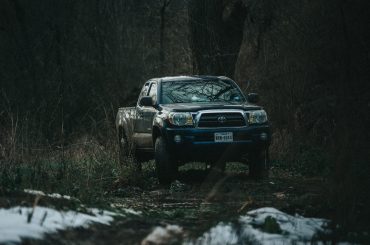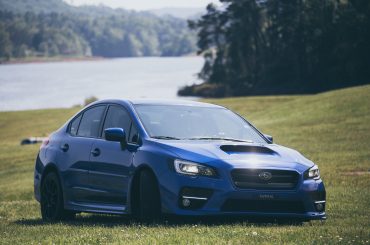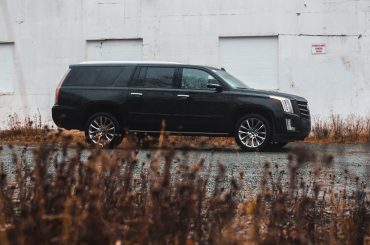The image of riding in the back of vehicles, as often portrayed in various forms of media, conjures up notions of freedom and adventure. However, important considerations regarding both legality and safety lie beneath this cinematic allure. Riding in the rear cargo area of vehicles raises pertinent questions about adherence to legal norms and the well-being of passengers. Specifically, this article dives into a distinct query: Is it within the bounds of the law to ride in the back of a Subaru Brat? In doing so, we’ll unravel the regulatory intricacies and safety concerns intertwined with this practice.
Question: Is it legal to ride in the back of a Subaru Brat?
Contents
Understanding the Subaru Brat
The Subaru Brat, also known as the Bi-drive Recreational All-terrain Transporter, stands out as a distinctive vehicle in its own right. Boasting a compact yet robust design, it has captured attention for its ability to navigate various terrains easily. This vehicle’s notable feature is its cargo bed, which departs from the conventional norm by incorporating rear-facing seats. These seats, positioned in the cargo area, present a distinctive characteristic that prompts inquiries into the legality and safety of their use. In light of this unique configuration, exploring the legal and safety aspects of riding in the back of a Subaru Brat becomes all the more relevant.
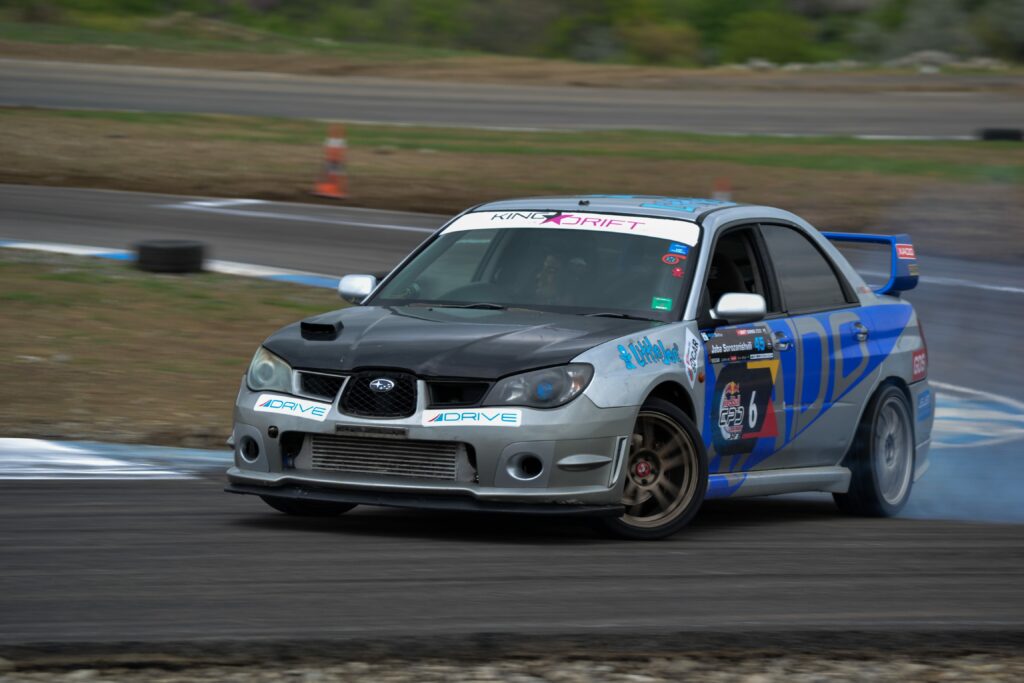
The Legal Perspective
The legal landscape surrounding vehicle safety regulations and laws is far from uniform; it varies significantly based on geographic location. What is permissible in one jurisdiction could be strictly prohibited in another. This variability underscores the importance of understanding and abiding by local traffic laws and regulations.
Central to these regulations is a steadfast emphasis on passenger safety. Laws governing vehicular transportation place a paramount importance on safeguarding individuals on the road. This prioritization extends to the necessity of proper restraints for passengers. Using seat belts and other safety mechanisms is not merely recommended; it is a legal obligation designed to mitigate the risks associated with travel.
In light of this legal framework, the query regarding the permissibility of riding in the back of a Subaru Brat gains further significance. By delving into the intersection of vehicle regulations and passenger safety, we can unravel whether this unique seating arrangement aligns with legal mandates and contributes to the well-being of those embarking on vehicular journeys.
Legal Regulations Regarding Riding in the Back of a Vehicle
Passengers occupying the cargo areas of vehicles have long been subject to specific regulations designed to ensure their safety. These regulations stipulate that passengers should be seated within the designated passenger compartments of vehicles, where appropriate safety measures like seat belts and airbags are available. The cargo areas of vehicles are typically not intended for passenger accommodation due to the heightened risk of injury in case of sudden stops or collisions.
Mention potential consequences of violating these regulations:
Authorities in various jurisdictions view riding in the cargo area as violating safety norms, potentially resulting in fines, penalties, and legal repercussions. Beyond the legal realm, passengers exposed to such risks are more susceptible to injuries during accidents or abrupt maneuvers. As a result, understanding and respecting these regulations becomes crucial to avoid legal trouble and prioritize the safety of individuals on the road.
Safety Concerns
Riding in the cargo beds of vehicles, including the Subaru Brat, raises many safety concerns that cannot be overlooked. While it may evoke a sense of adventure, the reality is that such a practice can expose passengers to significant risks.
Discuss the safety risks of riding in cargo beds:
The cargo bed lacks the safety features found in the main passenger cabin. This absence leaves occupants vulnerable to external forces, whether the impact of an accident, sudden stops, or road hazards. Without proper restraints and protection, passengers in cargo beds are prone to being thrown around or even ejected from the vehicle during collisions.
Explain the lack of safety restraints and protection:
Unlike the main cabin, cargo beds often lack seat belts, airbags, and other protective mechanisms. These safety features are designed to mitigate injuries in an accident. Without them, the chances of sustaining serious harm increase significantly. Furthermore, the open nature of cargo beds exposes occupants to elements and objects outside the vehicle, further compounding the risks.
Mention increased risk during accidents or sudden stops:
During accidents, sudden stops, or even minor collisions, passengers in cargo beds are at a heightened risk of injury. The absence of safety restraints means they have little to no protection against the forces generated by these events. In scenarios where the vehicle abruptly changes its speed or direction, individuals in the cargo bed are susceptible to being jolted or thrown, potentially resulting in severe injuries.
Subaru Brat and its Cargo Area
The Subaru Brat distinguishes itself with an unconventional seating arrangement, particularly in its cargo bed. This compartment, originally intended for carrying goods, is equipped with rear-facing seats, a design that sets it apart from traditional vehicles. Passengers seated in the cargo bed face outward, introducing an element of novelty and distinctiveness to the driving experience.
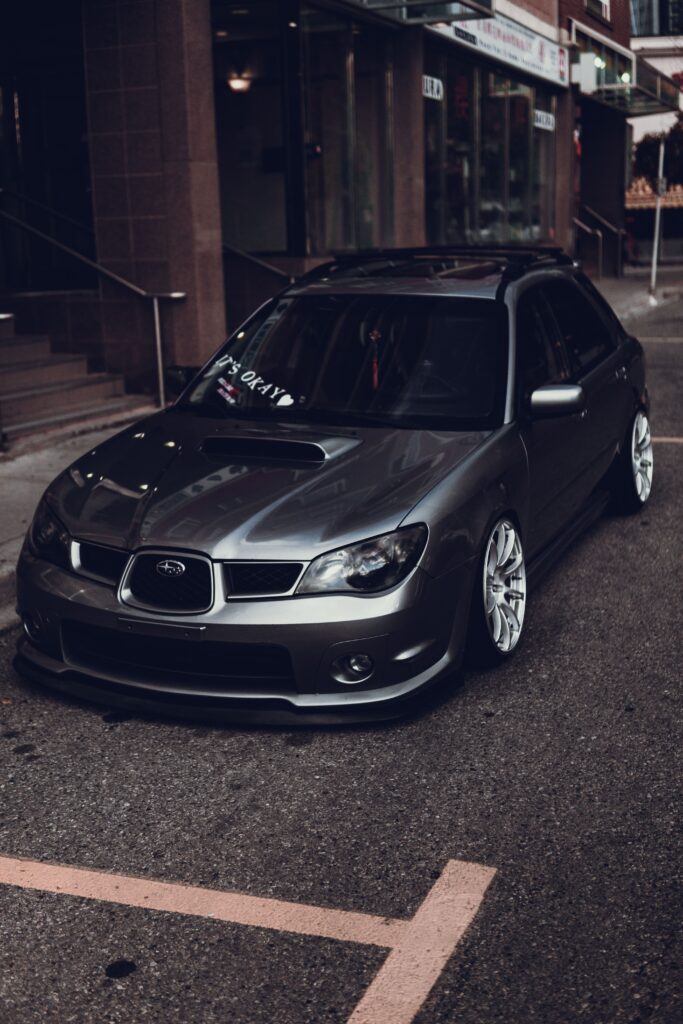
Explain the absence of safety features in the cargo area:
However, the distinctive character of the cargo bed’s rear-facing seats comes with a trade-off in terms of safety. Unlike the main cabin, the cargo area often lacks essential safety features. Seat belts, designed to restrain passengers during abrupt movements or accidents, are usually absent. Additionally, the cargo bed lacks standard airbags and structural components in the main cabin, leaving occupants significantly more exposed to potential dangers.
Discuss how this design choice raises safety and legal concerns:
This design choice raises considerable safety and legal concerns. Without the protective measures in the main cabin, passengers in the cargo bed are at a higher risk of injury in various scenarios. This heightened risk is particularly alarming regarding accidents, sudden stops, and even minor collisions. Furthermore, from a legal standpoint, many jurisdictions prioritize passenger safety by mandating proper restraints and protective features.
While intriguing, the unique seating configuration of the Subaru Brat’s cargo bed underscores the necessity of considering both safety and legality. By delving into the implications of this design choice, we gain a clearer understanding of the potential risks associated with riding in the cargo area and the importance of adhering to established regulations to ensure the well-being of all passengers.
Local Variations in Regulations
It’s crucial to recognize that regulations governing riding in the cargo areas of vehicles exhibit significant variation across different regions. What might be deemed permissible in one area could be strictly forbidden in another. This divergence reflects the diverse legal frameworks and safety priorities different jurisdictions adopt.
Encourage readers to research local laws about riding in cargo areas:
Given the intricate web of regulations, individuals should take proactive steps in understanding and adhering to the laws in their specific location. Researching the local laws that pertain to riding in cargo areas can provide individuals with the clarity they need to make informed decisions. Moreover, such research ensures that the practices individuals engage in align with legal norms and contribute to road safety for all.
By appreciating the intricacies of local regulations and respecting them, individuals can navigate their vehicular journeys responsibly and make choices that prioritize their safety and the well-being of others on the road.
Safe Alternatives
In light of the legal and safety concerns surrounding riding in the cargo area of vehicles like the Subaru Brat, there are prudent alternatives that prioritize the well-being of passengers without compromising the thrill of the journey.
Suggest using the main cabin with proper seating and restraints:
The main cabin of vehicles is equipped with safety features designed to protect passengers in various scenarios. Utilizing these designated seating areas with proper seat belts and restraints is the optimal way to ensure passenger safety. By opting for the conventional seating arrangement, passengers benefit from the protection afforded by airbags, structural integrity, and safety mechanisms.
Mention aftermarket safety modifications if approved by authorities:
For individuals seeking a unique vehicular experience, some aftermarket modifications are available that can enhance safety while adhering to legal norms. However, it’s crucial to emphasize that any modifications should be conducted with utmost care and approval from relevant authorities. Only modifications that meet safety standards and are officially sanctioned can provide a balanced blend of individuality and security.
Is it legal to ride in the back of a Subaru Brat?
In the intricate tapestry of vehicle safety, riding in the cargo area of vehicles like the Subaru Brat emerges as a complex topic that demands our attention. The allure of adventure and nostalgia must be balanced with a paramount focus on safety and legality.
Summarize the importance of safety and legal compliance:
Safety and legal compliance stand as pillars that uphold passengers’ well-being and the law’s integrity. The absence of safety restraints and protective features in cargo areas raises substantial concerns, underscoring the importance of adhering to regulations that are in place to minimize risks.

Reiterate the need to understand local laws:
Given the divergence in regulations across regions, it’s incumbent upon individuals to be well-informed about the laws in their specific area. This proactive approach safeguards against legal ramifications and aligns with the broader goal of enhancing road safety.
Emphasize responsible enjoyment of the Subaru Brat while ensuring passenger well-being:
As enthusiasts of the Subaru Brat or any vehicle, we must approach our vehicular journeys responsibly. Choosing the safety of the main cabin, respecting local regulations, and considering approved safety modifications contribute to both a thrilling experience and the safeguarding of lives.
Discover the 2023 Toyota Innova Model: A Blend of Comfort and Versatility
Read More: Click Here



